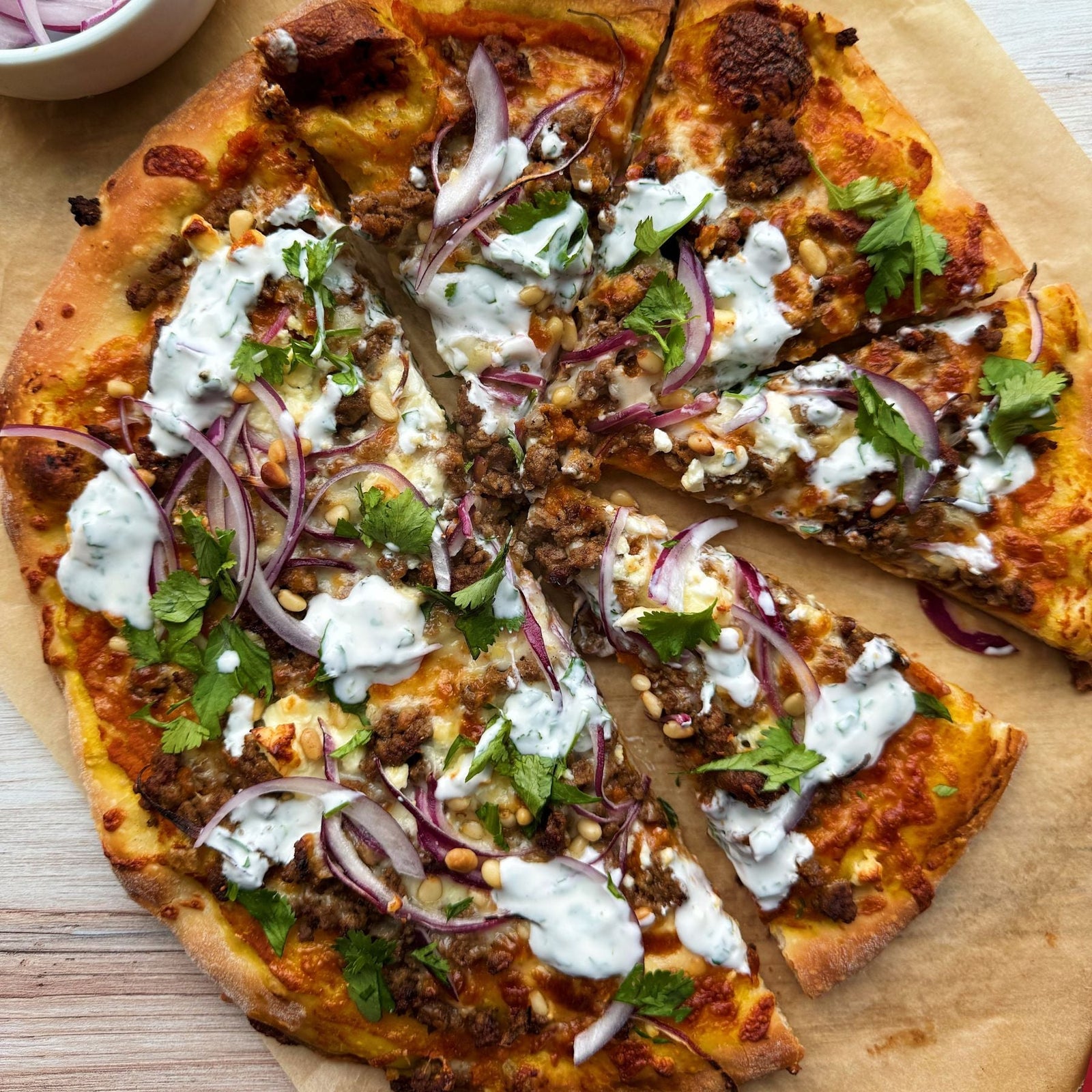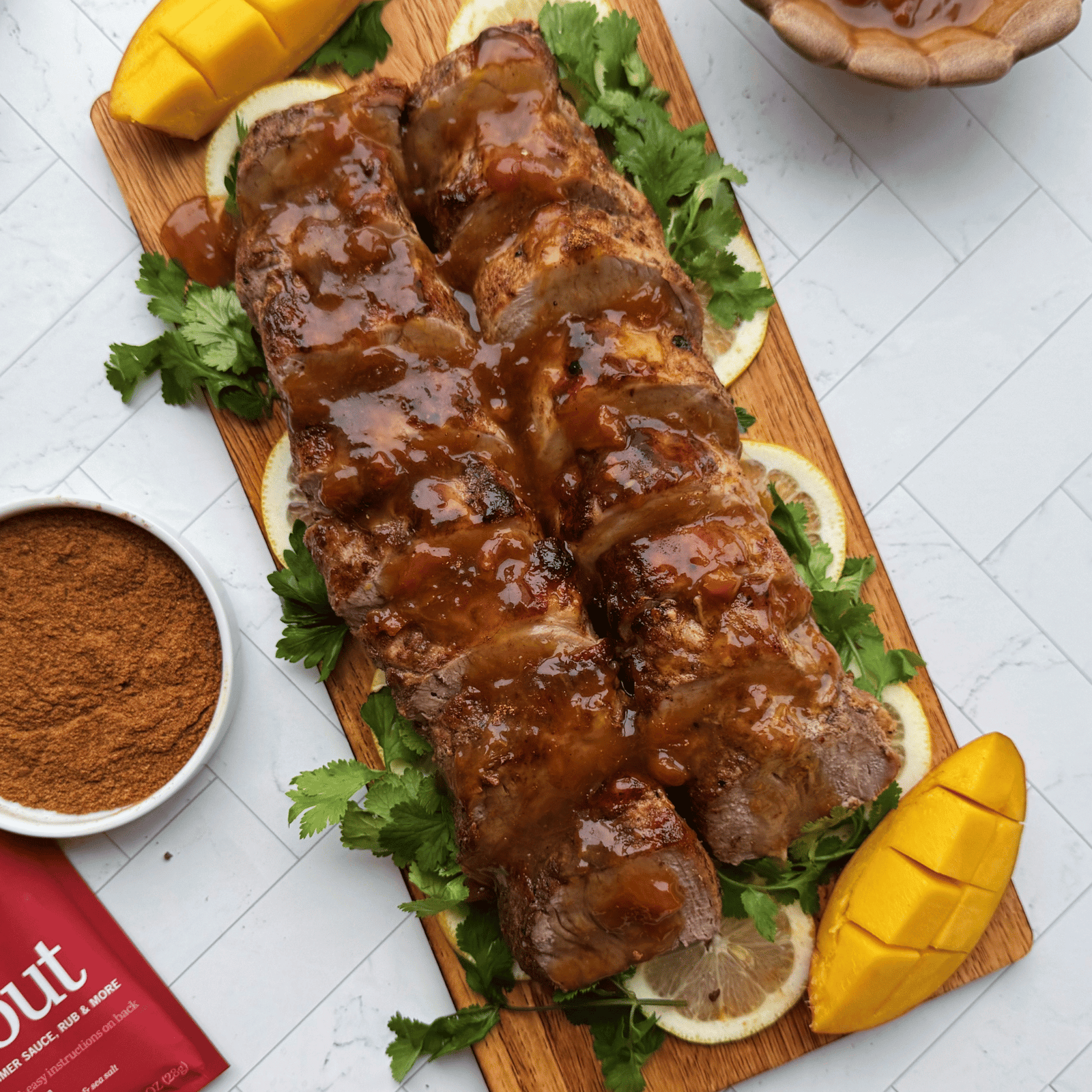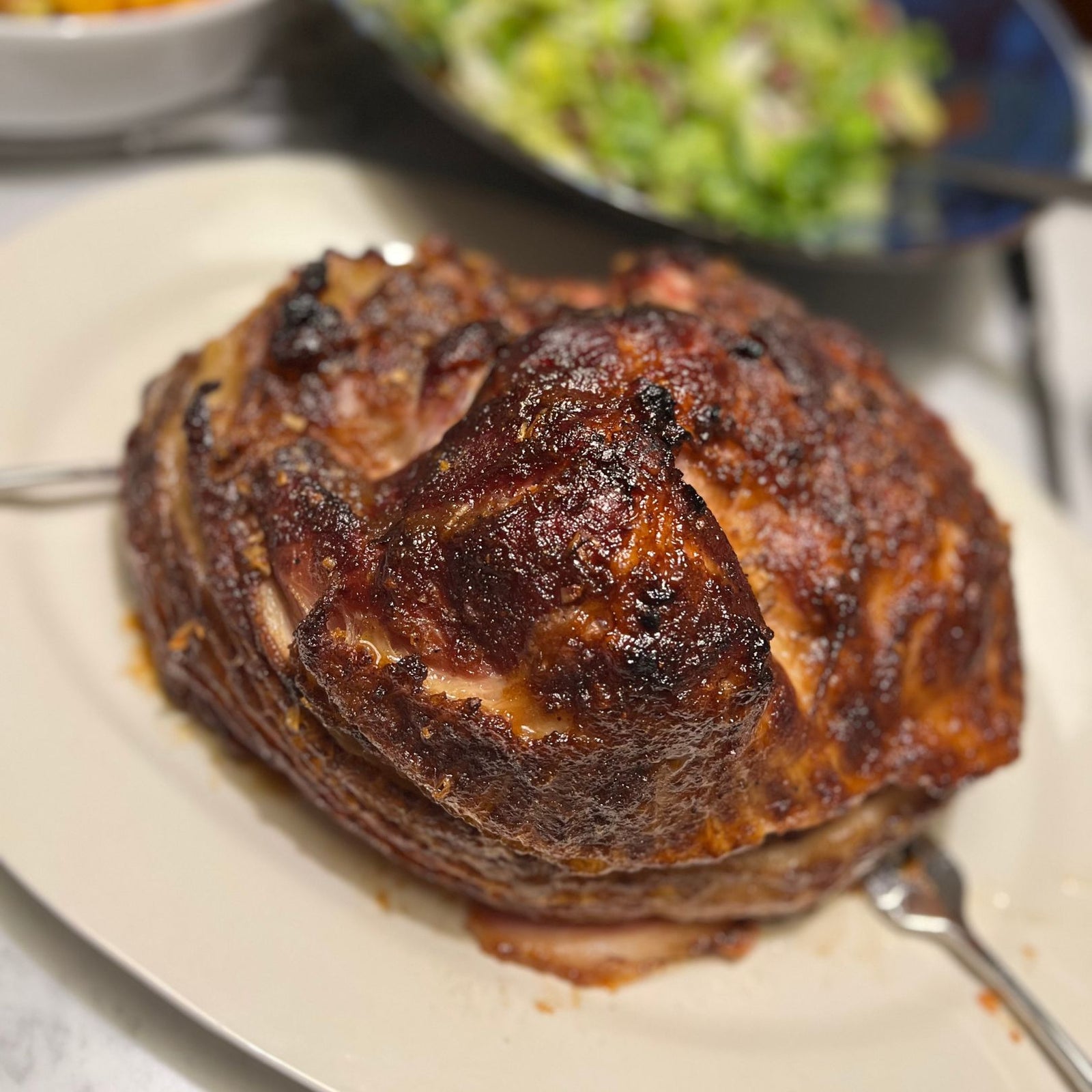A tajine or tagine is a Berber “stew”, named after the (traditionally) earthenware pot in which it is cooked.
This style of cooking is common in North Africa cuisines of Tunisia, Morroco and Algeria and dates back to the ninth century with the earliest written records about cooking in a tajine appearing in One Thousand and One Nights. (Wikipedia)
The purpose of the cone-shaped top of a tagine is to return moisture to the base. Tagines are meant to be cooked low and slow, which makes them more nutritious: less nutrients are destroyed at lower temperature and the moisture provided during cooking means not much oil is needed.
Traditional clay tagine, like all clay cooking pots, impart a unique earthy flavor. (Speaking of clay pots, that’s a whole other rabbit hole to go down. Check out this article about them in Food & Wine.)
Traditionally, a tagine is cooked slowly for hours over a charcoal fire. This style of cooking makes a ton of sense in areas where water supplies are limited and it helps tenderize tougher cuts of meat.
Because we don’t have a tagine, a charcoal fire, or the time (!), we made our tagine in our Staub cocette which has self-basting drip function on the lid. If you don’t have a tagine or a pot with a self-basting lid, not to worry—you can make your tagine in any heavy pot with a tight fitting lid. Remember, the secret to success is LOW & SLOW.
There is no one tagine dish, as it’s more about the style of cooking than the ingredients. We’re diving into the different types and have selected a Moroccan cookbook for our April bookclub, so watch for more recipes to come!
This month, we came up with a recipe for a warming vegan tagine. We could also see this recipe working really well with some ground lamb (cook it up with a little garlic and salt and add it when you add the eggplant). As always, we encourage you to experiment and make it your own!

Moroccan Pizza with bold Ras El Hanout, savory lamb or garbanzo beans, feta, pine nuts, and a refreshing yogurt drizzle. Quick, healthy, delicious!

